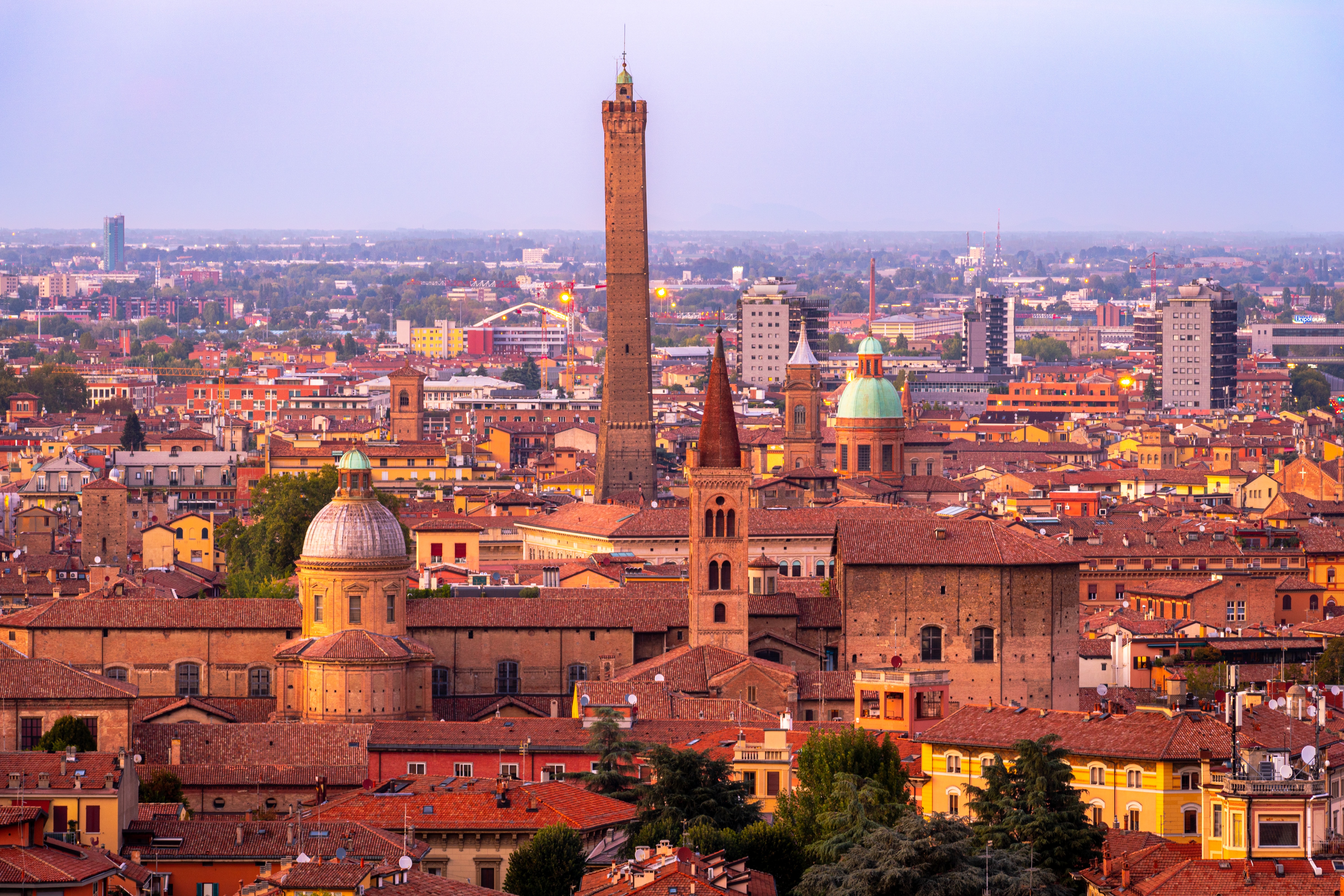
Italy’s “sport valley” combines media relations and actual policy implementation
Italy’s “sport valley” combines media relations and actual policy implementation
By Rosarita Cuccoli, PhD, Professor of Sport Sociology, University of Verona and Member of the Scientific Committee of Sport and Citizenship advising on the news media
28/02/2023

The region of Emilia-Romagna, in Italy’s north, has long been known as the country’s “motor valley”. It is indeed where some of the greatest Italian automobile and motorbike factories were founded and still operate. Ferrari, Lamborghini, Maserati, Ducati, Dallara, Pagani: they are all there and the list could be longer. Emilia-Romagna indeed calls itself “the land where speed was born”, as from the motorvalley.it dedicated website. But the region’s ambitions have moved beyond that. It now markets as Italy’s “sport valley” and is very good at communicating this broader identity strategy via the media. One simply has to search “Italia” + “sport valley” on the web to get dozens of results that lead to Emilia Romagna’s activities in that domain. It means that communication at the regional and local level is consistent and that the press network is stimulated on a regular basis.
On February 13, 2023 the president of Emilia-Romagna, Stefano Bonaccini, officially presented at the region’s headquarters in Bologna the calendar of sporting events for 2023, packed with around one hundred events and yet incomplete as more organizations are planning to present additional events, explained the press release. Bonaccini’s presentation, and the media coverage that went with it, made it ever more clear that the notion of “sport valley” is a central, long-term project for Emilia-Romagna. Bologna has been hosting one of the group stages of Davis Cup since 2022, and this will be the case until 2026. The list of 2023 events also includes: the opening match of the Men’s European Volleyball  Championship; the Formula 1 Gran Prix of Made in Italy and Emilia-Romagna in Imola; a round of the FIM Superbike World Championship as well as the Moto GP Gran Prix of San Marino and Rimini Riviera, both at the Misano World Circuit Marco Simoncelli; four marathons branded as “Emilia-Romagna Maratone”; 12 Gran Fondo (long-distance) road cycling events; etc. The route of the 2023 Giro d’Italia will include stages in Scandiano, Cesena and Savignano sul Rubicone. Furthermore, in 2024 Emilia-Romagna will host an historical first stage of the Tour de France – the first-ever “grand départ” of the race in Italy – from Florence (Tuscany) to Rimini (Emilia-Romagna) on June 29. Interestingly, many of the sporting events in the region are held in peripherical areas, outside of the big cities, highlighting the use of sporting events as major touristic and economic drivers.
Championship; the Formula 1 Gran Prix of Made in Italy and Emilia-Romagna in Imola; a round of the FIM Superbike World Championship as well as the Moto GP Gran Prix of San Marino and Rimini Riviera, both at the Misano World Circuit Marco Simoncelli; four marathons branded as “Emilia-Romagna Maratone”; 12 Gran Fondo (long-distance) road cycling events; etc. The route of the 2023 Giro d’Italia will include stages in Scandiano, Cesena and Savignano sul Rubicone. Furthermore, in 2024 Emilia-Romagna will host an historical first stage of the Tour de France – the first-ever “grand départ” of the race in Italy – from Florence (Tuscany) to Rimini (Emilia-Romagna) on June 29. Interestingly, many of the sporting events in the region are held in peripherical areas, outside of the big cities, highlighting the use of sporting events as major touristic and economic drivers.
The region of Emilia-Romagna is also actively promoting women’s and paralympic sports. In 2023, the Lanfranchi Stadium in Parma will host the matches of the Italy national rugby team for the Women’s Six Nations Championship, as part of a broader regional project dubbed “Emilia-Romagna Casa della Nazionale Femminile di Rugby” (Tr.: Emilia-Romagna home to the women’s national rugby team). Parma will host, also in 2023, a women’s ATP 250 tennis tournament. Salsomaggiore Terme will host events of Play the Games 2023, promoted by Special Olympics. Modena will host the 2023 Italian Championships of the Italian Federation for Paralympic Sports (FISPES). In addition, the new federal headquarters of the Italian Federation of Deaf Sports (FSSI) is located in Castelnuovo Monti, in the province of Reggio Emilia.
Not surprisingly, the organization of elite sporting competitions seems to have a positive impact on sport participation as well. According to a recent report, titled “Lo stato di salute della pratica sportiva in Emilia-Romagna” (The state of health of sport participation in Emilia-Romagna), released by the region’s authorities in the second half of 2022, the number of people who do not participate in physical activity at all in the region have dropped by 4.2% between 2017 and 2021. The region has one of the highest sport participation rates in the country (39%), above the national average of 34.5%, and ranks 6th out of 20 regions. These percentages refer to the number of inhabitants who participate in sport in their spare time on an ongoing or occasional basis, that is one to three times per week. When considering all those who exercise (including occasional cycling, swimming etc.), Emilia-Romagna reaches a participation level of 73.2%, above the national average of 66.2%. From 2015 to 2022, Regione Emilia-Romagna has invested nearly €60 million to improve the sporting infrastructures in 185 municipalities of its territory, an element that is crucial when looking at sport participation in a given geographical area.
Figures get even better when looking specifically at Romagna, administratively part of Emilia-Romagna but an Italian historical region in its own right. Romagna is limited by the Apennines to the southwest and the Adriatic Sea to the east. A study by Technogym’s Wellness Foundation, released in early 2023, shows that 22.5% of Romagna’s inhabitants use the bike, more than double the national rate of 10.1%. In addition, 35% of physicians in Romagna prescribe physical activity as compared to a national rate of 29% [Source: Wellness Valley Report 04 (2023)]. Technogym, the global specialist in fitness equipment, is headquartered in the Romagna city of Cesena. In 2003, the Wellness Foundation promoted a project called “Wellness Valley” with the objective of making of Romagna “the first district for knowledge and culture on wellness and good quality of life”. In Romagna, i.e. the so-called wellness valley, the wellness industry employs 2.8% of the total workforce, double the national rate of 1.4%. In 2014, thanks to a collaboration between Regione Emilia-Romagna and the Wellness Foundation, Emilia-Romagna was the first Italian region to include physical exercise among the therapies prescribed for the prevention and treatment of major chronic diseases.
To go further
The 1982 World Cup and media coverage of sport in Italy by Rosarita Cuccoli
Global sporting events and local development: boosting social impact, by Karen Maguire from OECD – Article taken from our Journal 50
